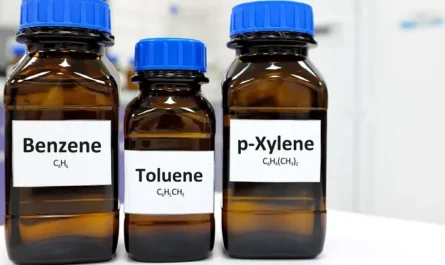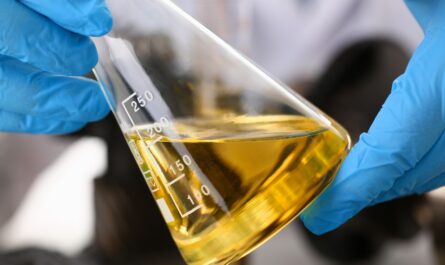Polyphenylene sulfide (PPS) is a semi-crystalline, high-performance thermoplastic polymer that is gaining significant popularity in industrial applications due to its robust properties. Developed in the late 1960s, PPS continues to become more widely used as engineers discover new ways to leverage its resilience and durability.
Chemical Properties of PPS
The molecular structure of PPS consists of aromatic benzene rings connected by sulfide groups. This gives PPS several unique chemical properties. It is highly resistant to moisture and water absorption, with a water absorption rate of only 0.04% after 24 hours. PPS is also very stable when exposed to heat. Its continuous use temperature range is between -45°C to +240°C. It retains its mechanical strength and electrical properties even at elevated temperatures. Furthermore, PPS has excellent chemical resistance to most acids, bases, and organic solvents, except oxidizing acids. Its aromatic structure affords PPS protection from degradation when subjected to these harsh chemicals. The chemical stability of PPS makes it well-suited for applications in corrosive environments.
Mechanical Properties of PPS
PPS also demonstrates outstanding mechanical properties that make it very durable. It has very high tensile strength, with an ultimate tensile strength of 100-150 MPa. PPS is also highlyimpact-resistant and can withstand impacts from sharp objects without breaking or cracking. Further, PPS has very low moisture absorption and excellent dimensional stability. Parts made from PPS do not warp or lose shape when subjected to heat, moisture, or mechanical stresses. PPS also has self-lubricating properties, attributed to the sulfide groups in its structure. This results in low coefficient of friction. All these mechanical properties allow PPS to perform reliably even under heavy loads or harsh conditions.
Electrical Properties of PPS
In addition, PPS has useful Polyphenylene Sulfide (PPS) electrical properties that enable its use in electrical applications. It is naturally an electrical insulator with an extremely high dielectric strength of 20-30 kV/mm. This means PPS can withstand high voltages without breaking down. PPS also has very low electrical conductivity, only 10-10 S/cm, ensuring that it does not allow electric currents to pass through. Furthermore, PPS retains these electrical properties even at elevated temperatures up to 240°C. These characteristics make PPS well-suited for parts that must provide electrical insulation and protection from arcing, sparks, or short circuits in demanding environments.
Processing Methods for PPS
The chemical and thermal stability of PPS allows it to be processed using different manufacturing methods:
– Injection molding: As a thermoplastic, PPS can be easily injection molded. This is commonly used to mass-produce complex parts with tight tolerances.
– Extrusion: PPS extrudes well into sheet, rod, tube, and profile forms using either single-screw or twin-screw extruders. This allows continuous, high-volume production of parts.
– Thermoforming: PPS sheets can be thermoformed using matched metal die pressure forming. This technique forms lightweight, intricately shaped components.
– Machining: PPS retains its strength even after machining processes like cutting, drilling, milling and grinding. This simplifies manufacturing of intricate geometries.
– Bonding: PPS forms strong, heat-resistant bonds when joined to itself or other substrates using techniques like ultrasonic or vibration welding.
Areas of Application for PPS
Owing to its unique set of chemical, mechanical and electrical properties, PPS finds wide usage across many industries for demanding applications:
– Automotive: Under-the-hood electrical connectors and components, sensor housing, coolant system manifolds.
– Aerospace: Vacuum plenum chambers, valve plates, containment chambers withstanding cryogenic temperatures.
– Medical: Surgical hardware, implant components, pharmaceutical processing equipment parts.
– Electronics: Connector housing, switch toggle plates, coil/transformer bobbins surviving reflow soldering.
– Industrial: Pump housings, valve bodies, fastener components handling corrosive chemicals.
– Transportation: Mass transit seating components, high-pressure tubing, railcar interior parts.
In summary, polyphenylene sulfide has emerged as an engineering-grade thermoplastic with unmatched resilience, durability and environmental resistance. Its diverse processing versatility has enabled widespread industrial adoption of PPS for critical load-bearing applications across various sectors. Continued material developments are further expanding the scope of PPS polymer into new applications with even higher performance requirements.
*Note:
1. Source: Coherent Market Insights, Public sources, Desk research
2. We have leveraged AI tools to mine information and compile it



